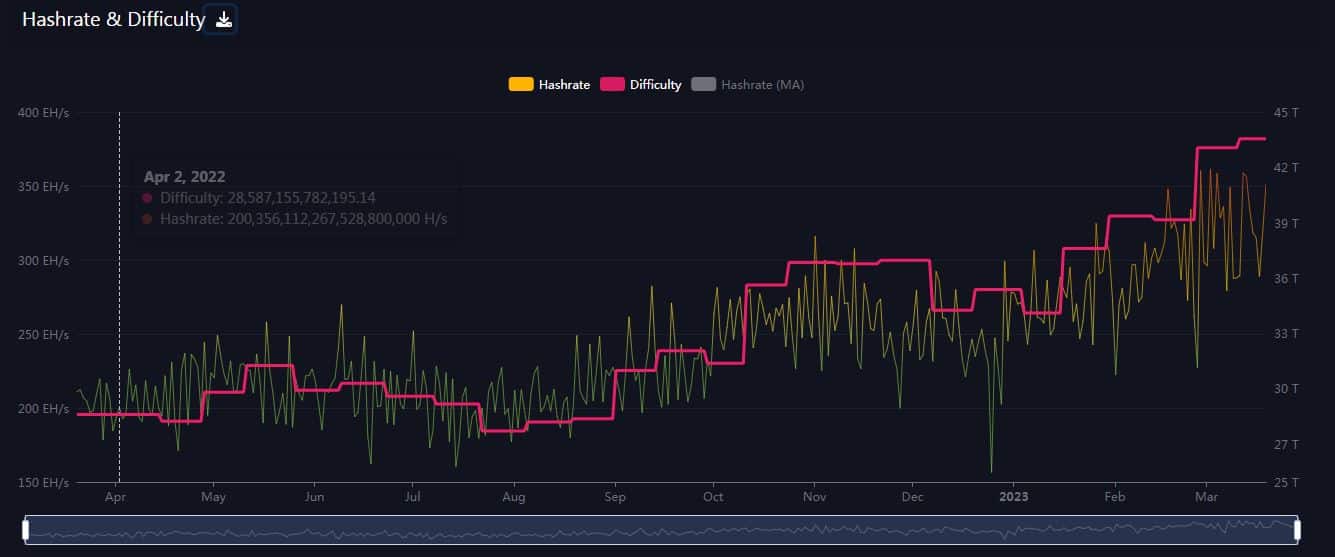Bitcoin
Analyzing the impact of Ordinals on Bitcoin [BTC] network’s traffic
![Analyzing the impact of Ordinals on Bitcoin [BTC] network's traffic](https://ambcrypto.com/wp-content/uploads/2023/03/Bitcoin-1000x600.jpg)
- Bitcoin’s difficulty hit a new all-time high on 18 March.
- Out of the total fees collected by BTC miners, Ordinals trading accounted for 22%.
According to data from Bitcoin explorer Mempool, the difficulty on the Bitcoin [BTC] network reached a fresh all-time high at 43.55 T, representing an increase of 23% on a year-to-date (YTD) basis.
Due to the rise in difficulty levels, BTC miners had to use more computational power to mine blocks, as the hash rate jumped to 351 EH/s.
The overall traffic on the network has increased significantly since the launch of Ordinal NFTs on the Bitcoin Mainnet in January 2023.
Read Bitcoin (BTC) Price Prediction 2023-24
Extra-‘Ordinals’
Since the launch, Bitcoin Ordinals have taken the crypto world by storm. As per Dune Analytics, the total number of Ordinals inscriptions hit 521,843 at the time of writing, with a staggering 58% of them getting minted in March alone.
The figure reached its all-time high on 9 March when more than 30,000 inscriptions were minted on a single day.
Furthermore, the total transaction fees paid on the Bitcoin network more than doubled over the last two months.
As per data from Dune, out of the total fees collected by miners, Ordinals trading accounted for 22%.
Notably, Ordinals focus on BTC’s smallest units, satoshis. The protocol allows users to inscribe each satoshi with data. This data can include smart contracts which are then used to enable NFTs.
With BTC feeling the pinch of increased regulatory scrutiny, Bitcoin-native NFTs could provide it with the much-needed impetus in the long run.
Is your portfolio green? Check out the Bitcoin Profit Calculator
Concerns around congestion
Despite its astounding rise, the Ordinals project has divided opinions in the crypto community with the BTC purists getting spooked by the idea of more network congestion, resulting in higher fees and slower transactions.
Their fears, though are not completely unfounded. At the time of writing, memory consumption per block exceeded the 300 MB limit by 366 MB, leading the blockchain to discard any transaction worth less than 3.07 sats/vB, or Satoshi per byte.
However, more than 30,000 transactions were yet to be confirmed, indicating that the network slowed down considerably.


